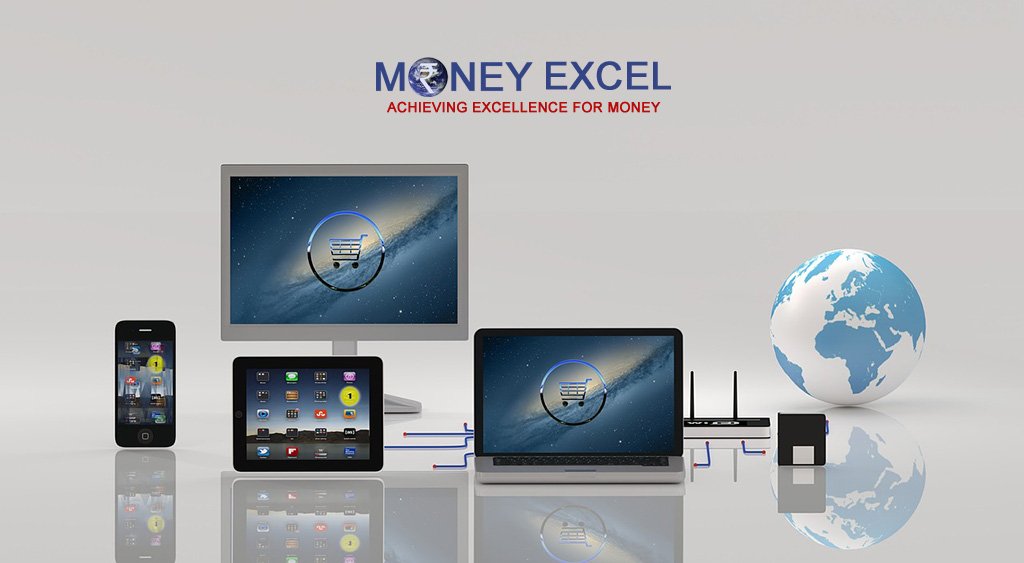The commerce landscape has undergone a profound transformation in recent years, fueled by the rapid advancement of payment processing technology. Gone are the days when transactions were confined to physical cash and traditional registers. Today, the fusion of innovation and financial technology has led to a revolution in the way businesses and consumers engage in transactions.
This article explores how payment processing technology is reshaping the world of commerce, from brick-and-mortar stores to online marketplaces, and its implications for the future.

Seamless omni-channel experience: Bridging physical and digital commerce
Payment processing technology has created a seamless omnichannel experience, erasing physical and digital commerce boundaries. Businesses can now offer customers a consistent experience, whether in-store, online, or via mobile devices.
One of the critical enablers of this integration is mobile payment technology. Mobile wallets and apps have become ubiquitous, allowing customers to store their payment information securely and make transactions with a simple tap or scan. This technology bridges the gap between the physical and digital realms, as customers can use their mobile devices to make in-store and online purchases. Retailers, in turn, can leverage customer data collected from these transactions to personalize marketing efforts and improve the overall shopping experience.
Online and offline commerce convergence is evident in the concept of “buy online, pick up in-store” (BOPIS). This approach combines the convenience of online shopping with the immediacy of in-store pickup. Customers can browse products, make purchases, and choose a suitable pickup time. Payment processing technology facilitates this transition, allowing customers to complete transactions seamlessly and securely while embracing the benefits of online and physical shopping.
Enhanced personalization: Tailoring the shopping experience
Payment processing technology has become a cornerstone of data collection and analysis, enabling businesses to gain valuable insights into customer behavior and preferences. This data-driven approach empowers businesses to enhance personalization and tailor the shopping experience to individual consumers.
As customers make purchases using various payment methods, a wealth of information is generated. This includes purchase history, spending patterns, and even geographic information. Payment processors can analyze this data to identify trends, segment customers, and develop targeted marketing campaigns. For instance, a retail brand might offer personalized product recommendations based on a customer’s past purchases, leading to higher engagement and increased sales.
Businesses can also leverage payment processing data to create loyalty programs that reward customers for their repeat business. Businesses can identify loyal customers by analyzing transaction data and offering them exclusive discounts, early product access, or special rewards. This incentivises customer loyalty and strengthens the bond between the brand and its clientele.
Efficiency in e-commerce: Empowering online sellers
In the realm of e-commerce, payment processing technology has revolutionized the way online sellers operate. Setting up an online store and accepting payments has become more accessible and efficient, allowing small businesses and entrepreneurs to compete in the digital marketplace.
Payment gateways and platforms enable online sellers to securely accept various payment methods, including credit cards, digital wallets, and debit card processing. These platforms provide a user-friendly interface that simplifies the checkout process for customers, reducing the likelihood of abandoned carts.
The future of commerce: Innovations and possibilities
The evolution of payment processing technology shows no signs of slowing down. New frontiers are being explored as businesses and consumers continue to embrace digital transformation.
Biometric authentication, for instance, can enhance security and convenience. Fingerprint recognition, facial scanning, and even retinal scans can provide secure verification methods, reducing the reliance on traditional passwords or PINs.
Blockchain technology, known for its transparency and security, is also making inroads into payment processing. Blockchain-based payments offer traceable and immutable records, reducing the risk of fraud and chargebacks. Additionally, blockchain’s decentralized nature could eliminate the need for intermediaries, enabling faster and more cost-effective cross-border transactions.
Embracing contactless revolution: The rise of NFC payments
In recent years, contactless payment technology, called Near Field Communication (NFC), has taken center stage in the payment processing revolution. NFC technology enables transactions by tapping or waving a contactless-enabled card or mobile device near a payment terminal. This seamless and convenient method has widespread adoption across various industries, from retail to public transportation.
Contactless payments offer benefits beyond convenience. They significantly reduce transaction times, contributing to shorter queues and enhanced customer satisfaction. Moreover, the contactless method enhances security by minimizing physical contact with shared surfaces, a particularly relevant aspect in a world focused on hygiene and health.
Final thoughts
Payment processing technology has shattered the limitations of traditional commerce, ushering in a new era of seamless transactions, enhanced personalization, and efficiency. The fusion of physical and digital commerce, powered by mobile payments and innovative solutions, has transformed the shopping experience. Businesses now wield the power of data-driven insights to tailor offerings and engage customers in meaningful ways.
As the commerce landscape evolves, payment processing technology will remain at its forefront. The future promises more transformative technologies, from biometric authentication to blockchain-based payments. With each advancement, the boundaries of commerce are expanded, allowing businesses and consumers to navigate a world where transactions are no longer confined to the register but woven seamlessly into modern life’s fabric.






